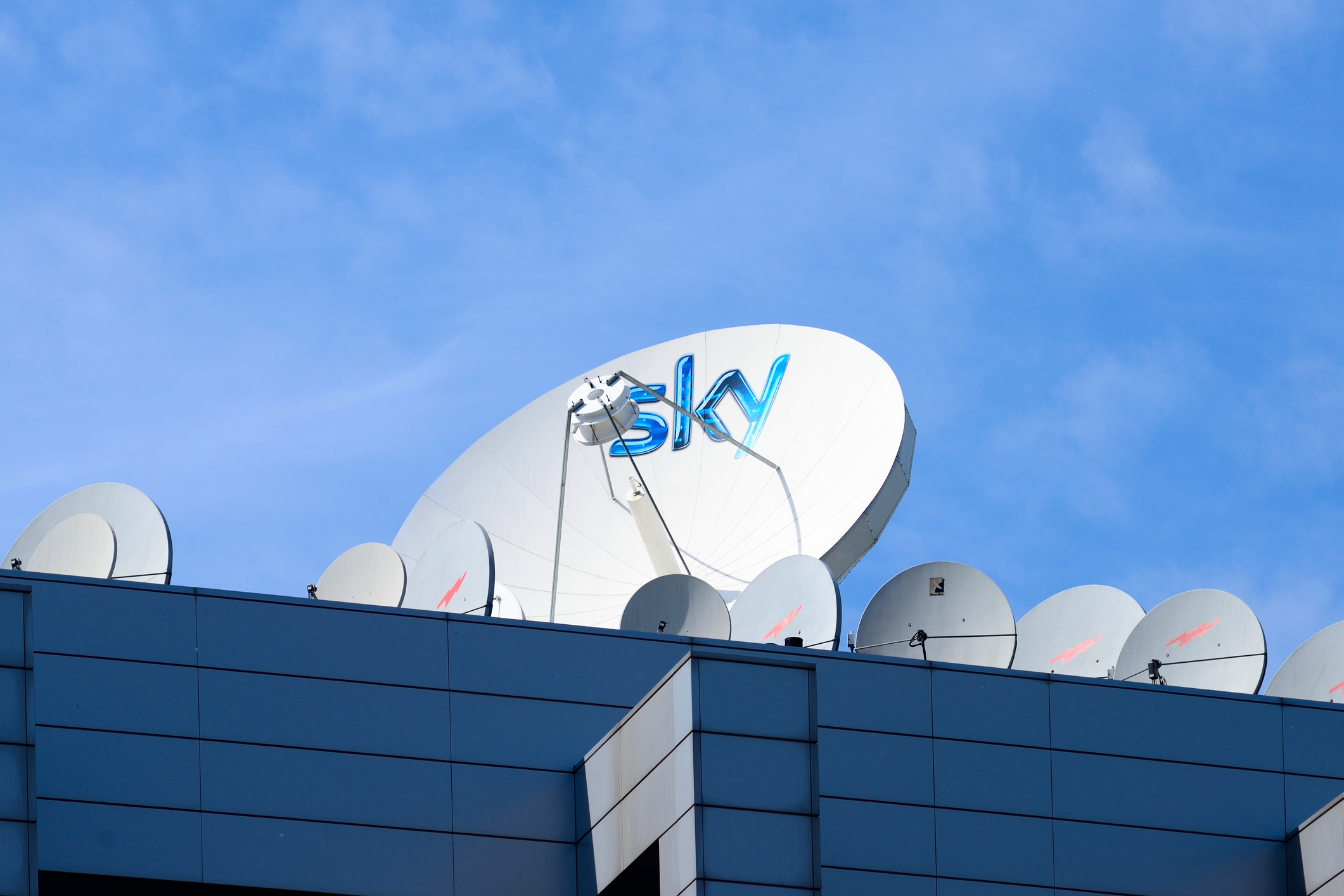There are many types of home entertainment systems that are available in-store for customers with different demands. An average house would set up a hard-wired internet connection, pay for aerial installation services. If you are on a budget, having a TV service installed may be the most affordable entertainment set up.
Installing an entertainment system to your home is one of the many ways to be able to relax and enjoy at your own pace! Whether it’s to share a moment with your family or friends after a long day of work, or binge-watch the recordings of your favourite show alone, you will be pleased to use a well-functioning home entertainment system with Sky!
As you choose to have a Sky+ HD box at your flat, there are just some things that you should know and understand when you will only have one single cable to your Sky+ HD box.
Best CCTV installers and Aerial engineers near you
What is a Sky single feed mode?
Standard Sky boxes usually function using two cable feeds coming directly from your satellite dish. With this, it will allow you to watch a show, and record another one simultaneously. However, some circumstances may not be possible to get a second cable feeding into your Sky+ HD box.
This is where the Sky Single Feed Mode option enters the topic. The Sky Single Feed Mode is one of Sky’s latest updated features on their new Sky+ HD DigiBoxes. It’s a setting on your Sky box that should be set so your leisure time won’t be interrupted with sudden technical issues, or screen error messages. That being said, when you connect your satellite PVR with only one cable, you would not be able to record one program and watch another, or record two programs simultaneously.
The Single Feed Mode is highly useful for communal satellite installation since it can be impossible to have a second cable feeding your Sky+ HD box. It should also be noted the Single Feed Mode option only works for Sky+ HD Box, and not for Sky+ Box.
How do I change my Sky box to single feed mode?
Here are the simple steps to set your Sky+ HD Box to single feed mode without the help from your technician:
- Your Sky cable must be plugged into Dish Input 1, and not Dish Input 2.
- Click the ‘Services’ button on your Sky remote control.
- On the ‘Services’ screen, press 0, 0, 1, and then press ‘Select‘ button onto your remote control. Doing this will open your Sky installer Menu on the Sky+ HD box.
- Once the Sky Installer Menu opens, go to ‘Setup’ and scroll down to ‘Single Feed Mode’ and switch it from ‘Off‘ to ‘On’ and click the green button on your remote control to save the settings.
- A warning message will pop out from your screen that will tell you that you are changing to Single Feed Mode.
- Press the green button and ‘Select‘ on your Sky remote control to continue.
- Just wait for a few minutes as your Sky box restarts. Once done, the single feed mode will now be activated for your use.
Additionally, if you wish to connect a second satellite signal to the Sky box, follow the reversed process above to turn off the single feed mode again.
Get Fast-Service Aerial Repairs and CCTV Installations
Can I Connect my Sky Box to the Internet?
Of course! You can either connect your Sky box through a wired connection, or a wireless connection.
Wired connection:
- Using the Ethernet cable, plug one end of its end into the Ethernet port behind your Sky box.
- Then, plug the other end of the Ethernet cable into one of the available ports behind your router.
- After these two simple steps, your Sky box will now be connected to your chosen broadband.
Also, the Wired Connection is a more recommended way of connecting your Sky box to the internet to ensure that your network connection will be faster and stronger.
Wireless Connection:
For Wireless Connection, you can either connect using the WPS buttons or by using your WiFi password.
When connecting with WPS:
- Hold and press the WPS button of your router until it flashes, then quickly click on the WPS button on your Sky box.
- The wireless light on your Sky box will flash then will turn into a solid amber colour once you are finally connected.
When connecting with WiFi Password:
- Press ‘Services’ on your sky remote then select Settings, and under Settings, choose Network.
- Click the Connect with Password option, and choose the WiFi Network and input your password.
- Once done, your Sky box will now be connected to the internet.
Have other problems? Aerialforce can assist you!
If you have other concerns about your home entertainment system, reach out to us at Aerialforce so we can give you a hand! Other than TV Aerial maintenance and installations, we also provide CCTV, locksmith, and satellite services. With us, you don’t have to worry about any of your appliances. Call us on 0330 173 8667 or book our services online if you wish to reach out to us.




